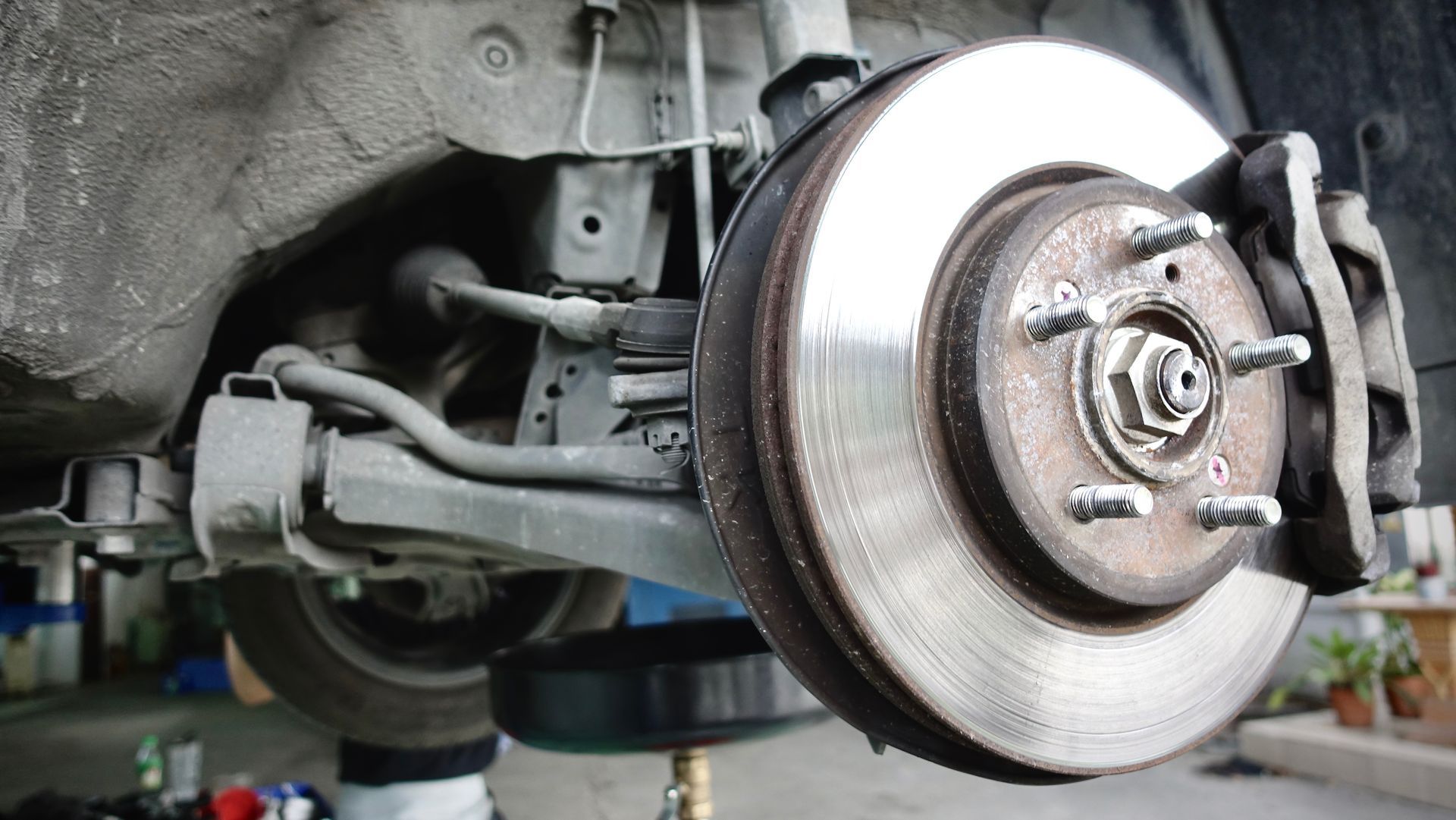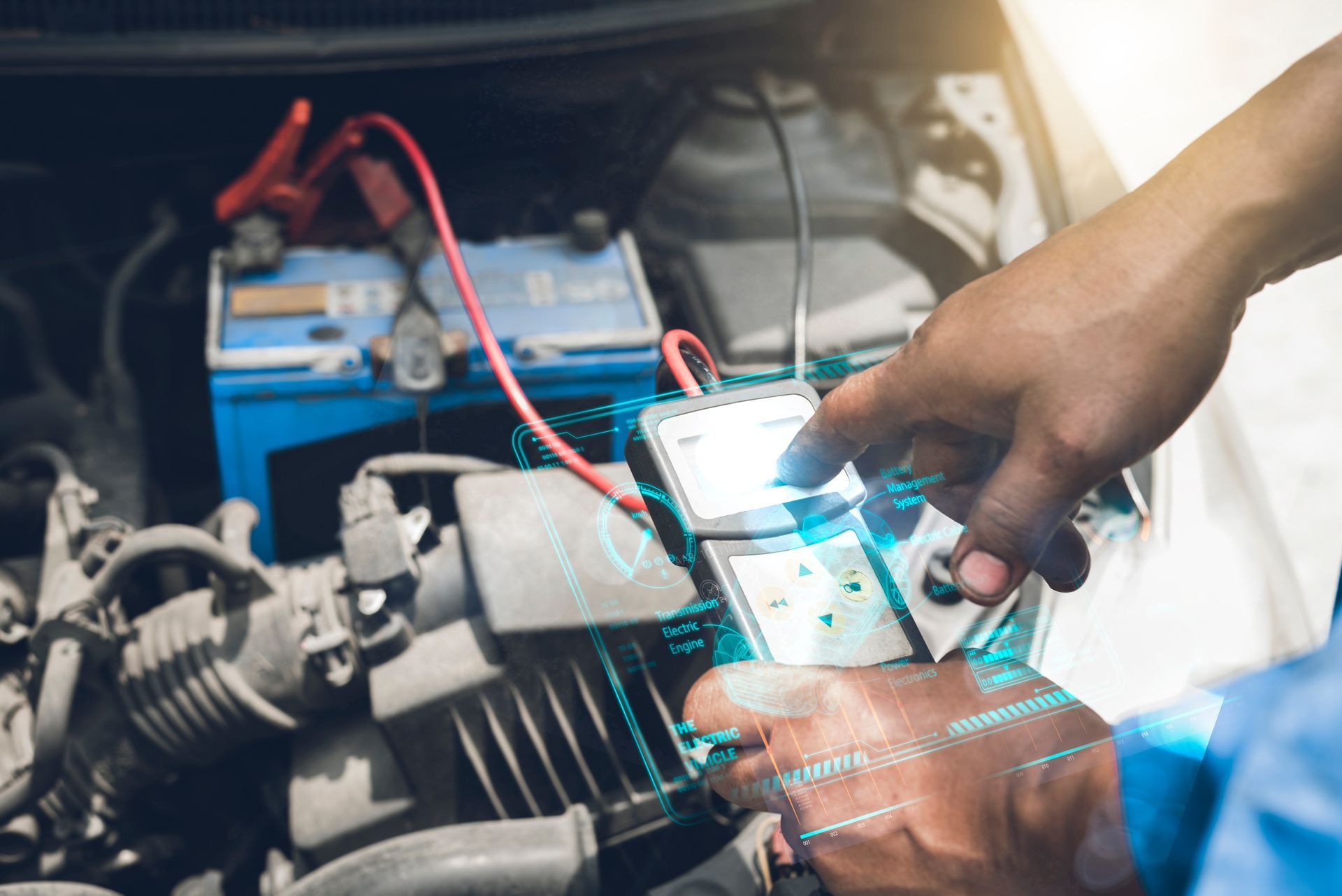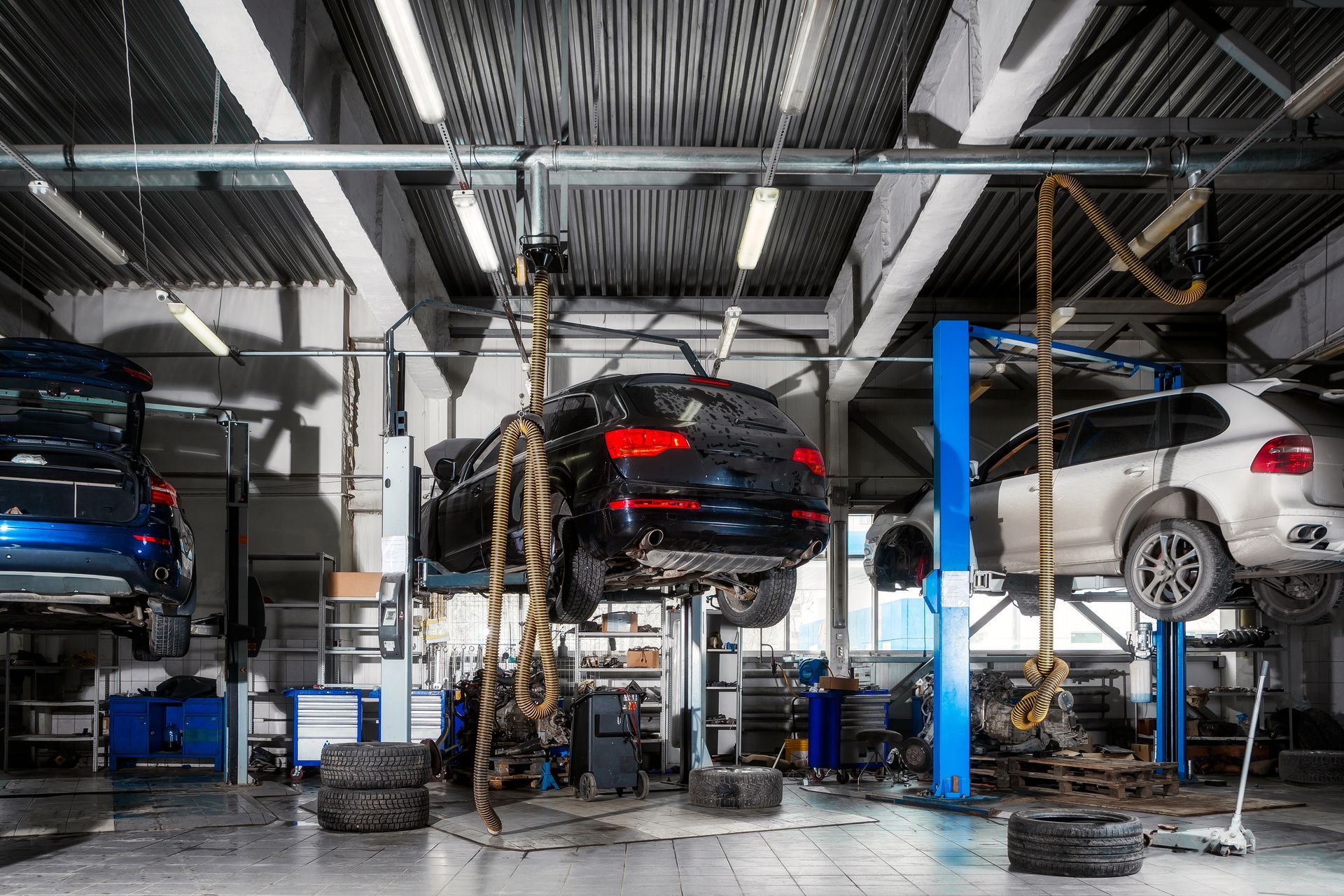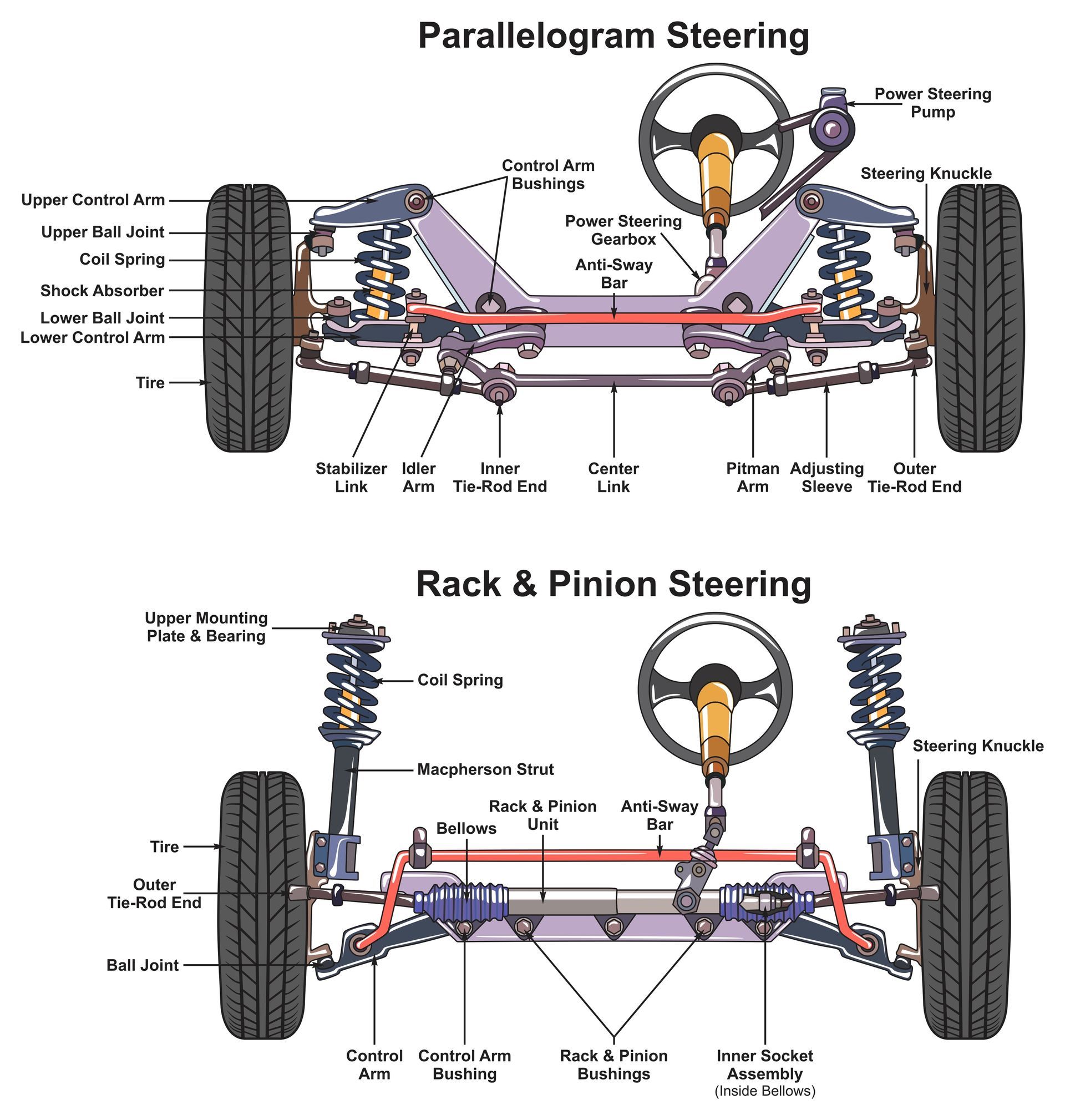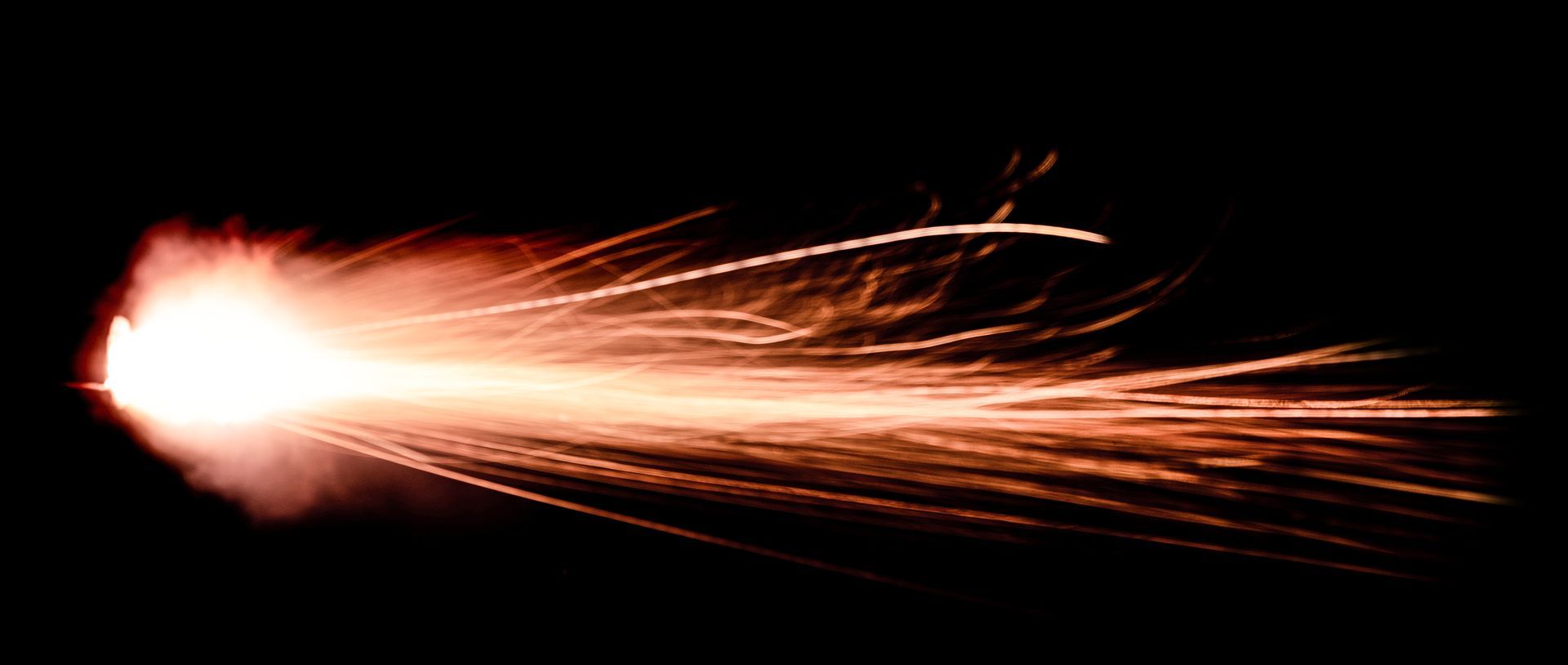When your dashboard lights up with a low oil pressure warning, it’s not something to brush off. That little icon, often shaped like an old-fashioned oil can, is your engine’s last line of defense. Ignoring it, even for a short drive, can do serious damage to your engine’s internal components.
Let’s look at what the oil pressure warning means, what causes it, and why quick action can prevent engine failure.
What the Low Oil Pressure Warning Actually Means
The warning light or message appears when your engine’s oil pressure drops below a safe level. Oil pressure is what allows oil to flow through small passages in your engine to lubricate moving parts. Without it, metal grinds on metal, generating heat and friction.
The light doesn’t necessarily mean your oil level is low, although that’s one possibility. It could also mean that oil isn’t circulating properly. Either way, the result is the same: your engine isn’t getting the lubrication it needs to run safely.
Common Causes of Low Oil Pressure
There are several issues that can trigger the low oil pressure light:
- Low oil level: If the engine is burning oil or has a leak, the oil level may drop far enough to cause pressure to fall.
- Old or broken oil pump: If the pump can’t circulate oil properly, pressure will drop even if the oil level is fine.
- Blocked oil passages: Sludge buildup or debris can clog narrow oil channels, restricting flow and lowering pressure.
- Worn engine bearings: Over time, wear inside the engine can create wider clearances, reducing pressure even when oil flow is adequate.
- Thin or degraded oil: Oil that’s too thin or long overdue for a change won’t maintain pressure under heat and load.
What Happens When You Ignore the Warning
Even a short drive with low oil pressure can start damaging your engine. Without enough oil, internal parts like the crankshaft, camshaft, pistons, and valve lifters will start wearing out at an accelerated rate. If you keep driving, the heat builds up and may lead to warped parts, failed bearings, or even total engine seizure.
In worst-case scenarios, this leads to catastrophic engine failure that may require a complete engine replacement or rebuild, both of which are far more expensive than an oil-related repair.
What You Should Do When the Light Comes On
If your low oil pressure warning comes on while driving, pull over safely and shut off the engine as soon as possible. Check the oil level using the dipstick once the engine has cooled for a few minutes. If it’s low, adding oil may solve the issue temporarily, but don’t assume the problem is fixed.
If the oil level looks normal and the light stays on, do not attempt to keep driving. Have your vehicle towed to a trusted repair shop so a technician can diagnose the issue without risking engine damage.
How to Prevent Low Oil Pressure Problems
Routine maintenance is the best defense against oil pressure issues. Here are a few habits that help:
Stick to your oil change schedule. Don’t delay oil service. Dirty, worn-out oil is a major cause of pressure-related problems.
- Use the right oil. Always follow the manufacturer’s recommended oil type and viscosity. Using the wrong oil can affect pressure and engine performance.
- Watch for leaks. If you notice spots in your driveway or a burning oil smell, get your vehicle checked.
- Listen for noises. Knocking or ticking sounds from the engine could be an early sign of oil flow problems.
Get Reliable Oil System Repairs at Kwik Kar Auto Repair – Parker Road
If your oil pressure light comes on or your vehicle has gone too long without service, don’t risk damaging your engine. At Kwik Kar Auto Repair in Plano, TX, our team will inspect your oil system, check for leaks, test the oil pump, and make sure your engine is getting the protection it needs. Whether it’s time for an oil change or you suspect a more serious issue, we’re here to keep your engine running smoothly.
Call us or stop by for a professional inspection today.
